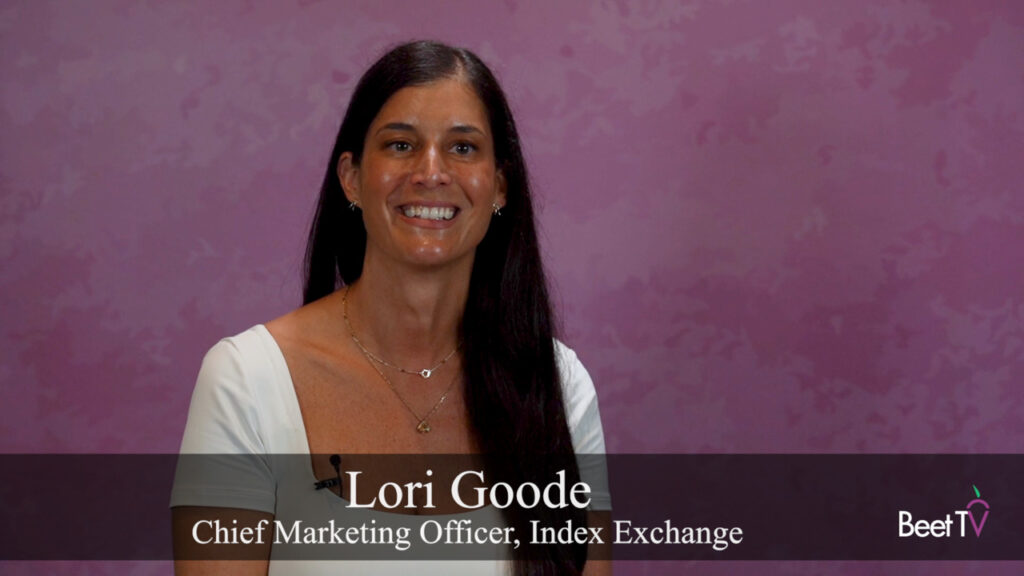LONDON – The fragmentation of the media marketplace has presented new challenges in measuring how viewers spend their time, and how advertisers should allocate their media spending to reach consumers. The challenge has been magnified with the shift to digital channels that allow for greater customization.
“One of the biggest changes I saw really over the last 10 years or so was the advent of Big Data, and the integration and use of Big Data alongside the use of primary market research, whether they be panels or surveys,” Andy Brown, strategic adviser and former chairman of market researcher Kantar Media, said in this interview with Beet.TV.
For media buyers, the challenge has been to measure how much spending is being allocated among television or digital video. The World Federation of Advertisers has acknowledged those challenges in seeking improvements to measurement.
“We saw, in particular, advertisers getting frustrated with the lack of progress in respect to measurement in that area,” Brown said. “That frustration really hit a point probably about two years ago, which resulted in the WFA initiative around cross-media measurement.”
Radical Changes in Measurement
For media owners, including broadcasters and digital platforms, the challenge is to get credit for helping advertisers produce a business outcome or other kind of measurable return. Measurement of media spending helps to see current trends, Brown said.
“The way in which we measure spend and advertising activity is also changing quite radically,” he said. The analog methods of measuring ad pages in newspapers and magazines, or monitoring TV broadcasts in designated market areas (DMAs) aren’t relevant in digital media, which increasingly is sold through automated online auctions.
“That put a lot of stress into the methodologies around that media monitoring and ad monitoring capability,” Brown said. “The challenge there is that when you take that out to an advertiser or to a client, that often they’re expecting the same level of granularity and detail as they got from the census model from the analog world.”
He cited Standard Media Index (SMI) as an example of a company that’s taking a new approach to tracking media spending by gathering real billing data from advertisers and agencies.
“SMI is coming at it from a completely different angle. They’re coming at it from the buy side, looking at what’s actually being bought by the agencies and then categorizing that,” Brown said. “It’s an interesting way of moving forward and showing real progress.”
The spending and pricing information helps to understand the relative value of media channels, and a different perspective on developing a common currency for setting the value of the attention economy.
“It’s creating a much more holistic view, rather than simple head counting and reach and frequency,” Brown said. “Those are the kind of initiatives I see coming to the fore over the next few years.”
You are watching “Seeing Around Corners: Media Decisions During a Period of Disruption,” a Beet.TV leadership series presented by Standard Media Index. For more videos, please visit this page.



































